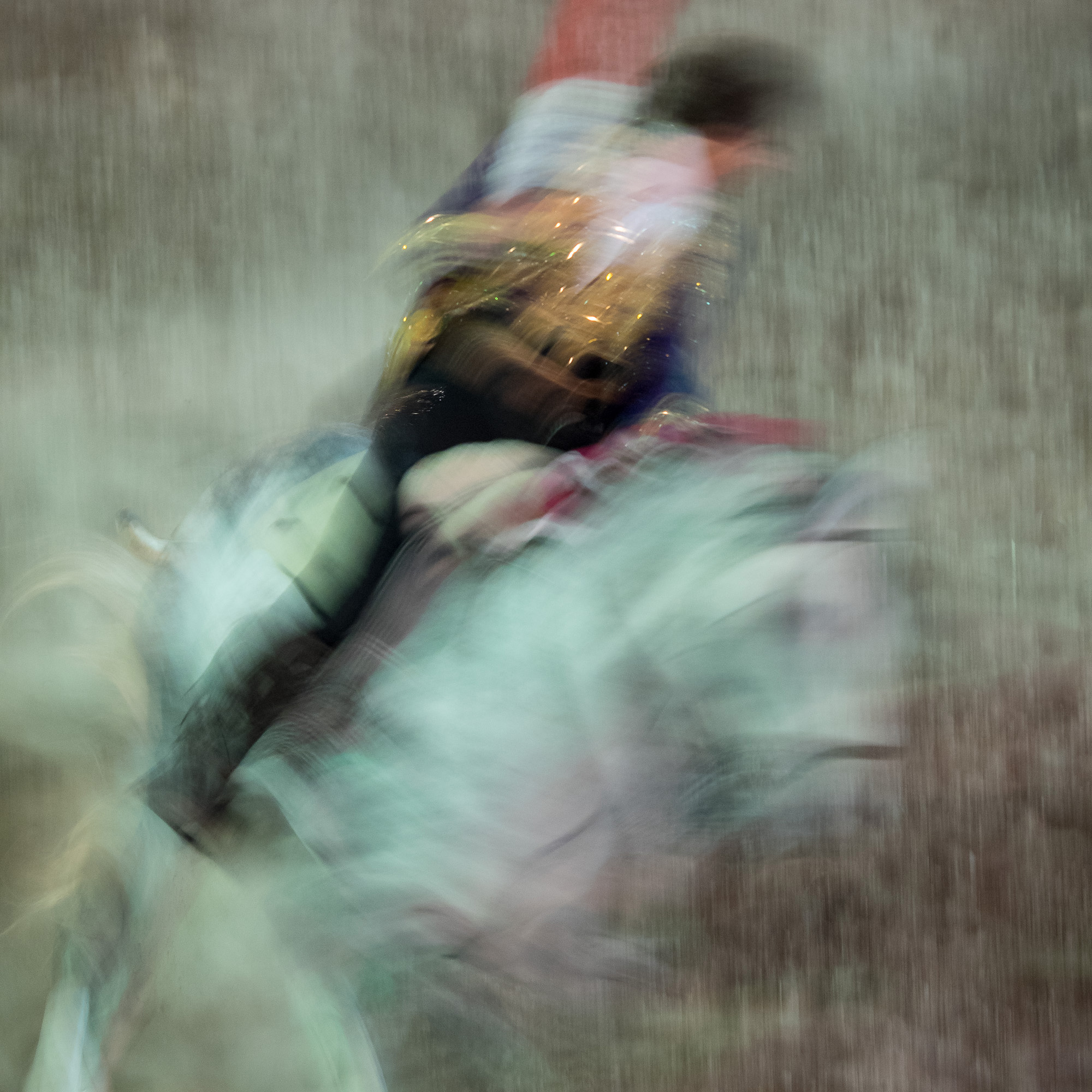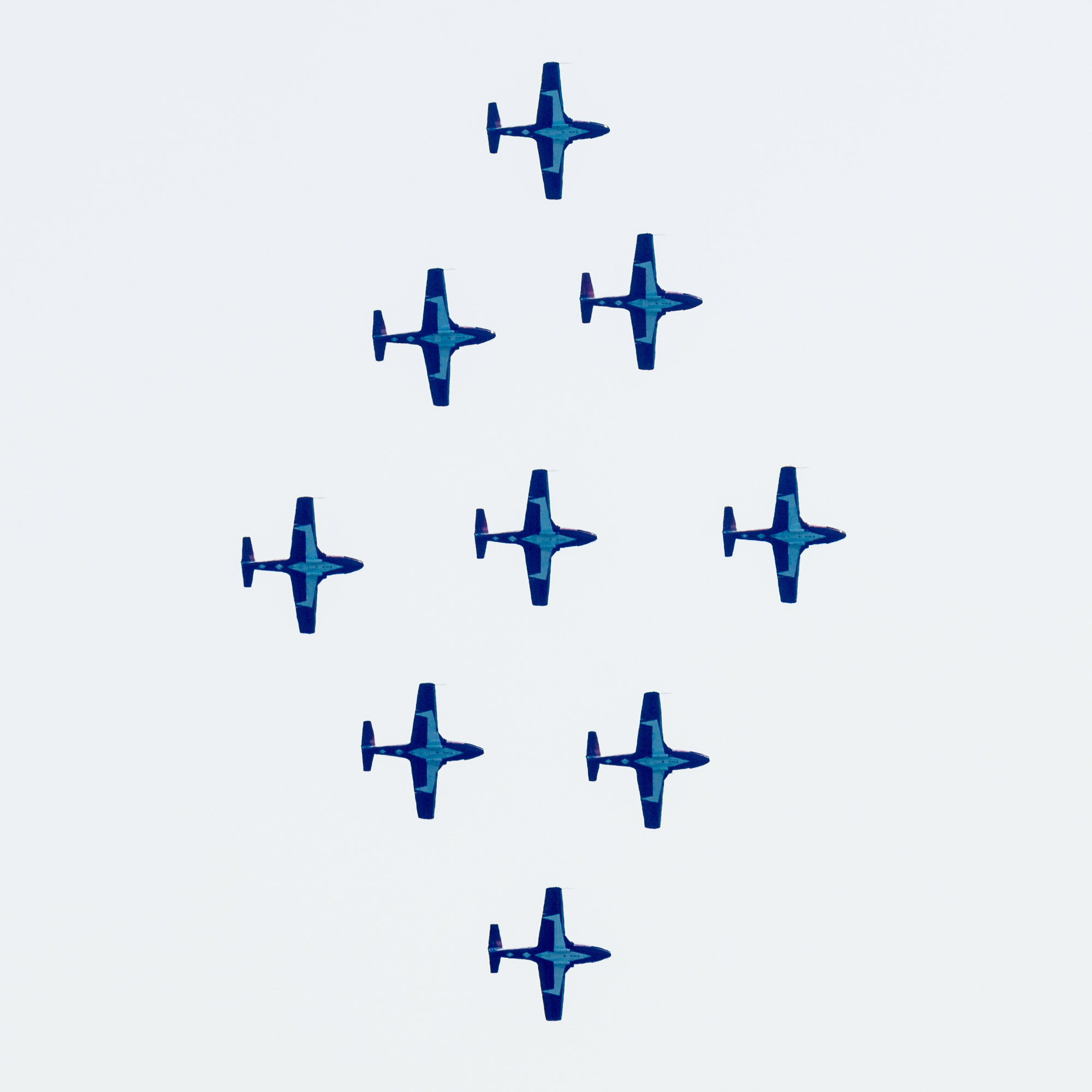Canon just dropped two products that challenge everything the camera industry has been chasing for the past five years. And they might be right.
Yesterday’s announcement of the EOS R6 Mark III and RF 45mm f/1.2 STM lens reveals something fascinating about where professional photography is heading. While competitors chase headline specifications – higher resolution sensors, exotic stacked designs, laboratory-perfect optics – Canon has taken a different path. They’re betting on optimal balance over extreme specifications, and the math behind their decision is worth examining.
The R6 Mark III: Understanding the 32.5-Megapixel Decision
Why This Resolution Matters
Canon’s choice of 32.5 megapixels isn’t arbitrary. This sensor, shared with their C50 cinema camera, sits at what optical physicists call the “efficiency intersection” – the point where resolution, low-light performance, processing speed, and file size achieve maximum practical utility.
Let’s look at the physics. At 32.5MP on a full-frame sensor, each photosite measures approximately 5.3 microns. This is large enough to gather substantial light (maintaining strong signal-to-noise ratio) while providing enough resolution for 20×30-inch prints at 300 DPI with room for creative cropping. Compare this to a 45MP sensor with 4.4-micron photosites or a 61MP sensor at 3.7 microns – you’re trading significant light-gathering ability for resolution that most photographers rarely utilize.
The practical impact? A wildlife photographer can crop 50% and still have a 16MP image – more than sufficient for any commercial application. Meanwhile, the larger photosites maintain cleaner shadows and better color depth at high ISOs where smaller pixels would struggle.
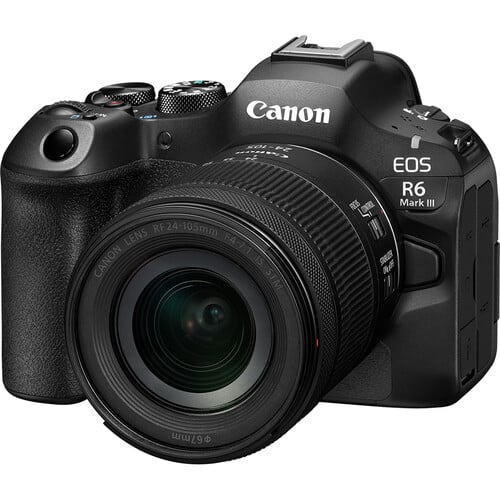

The Stacked Sensor Question
Here’s where Canon’s decision gets interesting – and controversial. The R6 Mark III uses a traditional CMOS design rather than a stacked or back-illuminated sensor. Let me explain why this matters and why Canon might have made the right call.
What is a stacked sensor? Think of it as a two-story building for your camera’s brain. Traditional sensors place all the circuitry – the analog-to-digital converters, memory buffers, and processing pathways – on the same layer as the photosites. A stacked sensor moves this circuitry to a second layer beneath, connected by millions of copper wiring channels. This allows faster data readout, reducing rolling shutter and enabling features like 120fps burst rates.
The trade-offs: Stacked sensors cost roughly 3-4 times more to manufacture than traditional CMOS. They also generate more heat (two active layers), consume more power, and can show slightly reduced dynamic range at base ISO due to the additional circuitry noise. Sony’s a1 and Canon’s own R5 Mark II use stacked sensors, but they’re also priced at $6,500 and $4,299 respectively.
Canon’s decision to skip the stacked design keeps the R6 Mark III at $2,799 while still delivering 40fps electronic shutter speeds. Yes, there’s more rolling shutter than a stacked sensor, but Canon’s processing minimizes this to levels that only matter for golf swings and helicopter rotors.
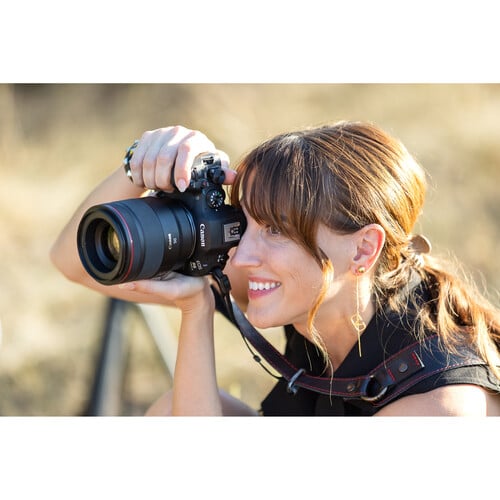

The Dual Base ISO Debate
The absence of dual base ISO raised eyebrows, particularly among videographers. Let me clarify what we’re talking about here.
Understanding Dual Base ISO: Most sensors have one native ISO – typically 100 or 200 – where they produce the cleanest signal. As you increase ISO, you’re amplifying that signal, which also amplifies noise. Dual base ISO sensors have two separate circuits optimized for different sensitivities. The Nikon Z6 III, for example, has native ISOs at 800 and 4000. At these points, the sensor essentially “resets” its noise floor, providing cleaner images than you’d expect.
Why it matters for video: Filmmakers often work in controlled lighting where they can optimize for these specific ISOs. Shooting at ISO 4000 on a dual base system can look cleaner than ISO 3200 on a traditional sensor.
Canon’s approach: Instead of dual base ISO, Canon optimized their single base architecture with improved noise reduction algorithms and their DIGIC X2 processor. The result? The R6 Mark III’s ISO 6400 footage looks remarkably similar to the Z6 III’s ISO 4000 dual base performance, just through different engineering.
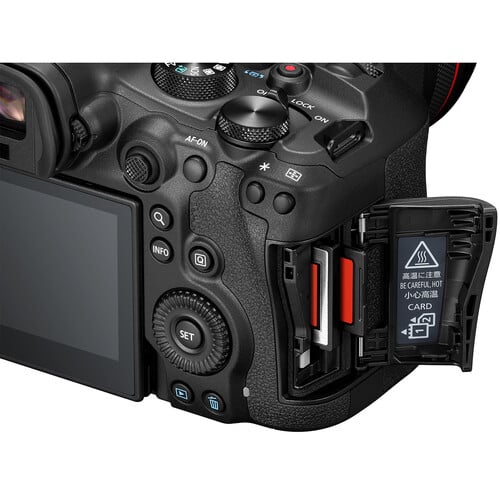

The Video Revolution Nobody Expected
7K Open Gate – More Than Marketing
When Canon announced 7K internal RAW recording, the immediate reaction was skepticism. Another resolution race? Actually, no. This is about something more fundamental.
Open Gate recording means the camera captures the entire sensor area – the full 3:2 aspect ratio – rather than cropping to 16:9 for video. That 7K resolution (7008 x 4672 pixels) gives you extraordinary reframing flexibility in post-production. You can punch in for a 4K close-up, recompose for different aspect ratios, or stabilize footage without resolution loss.
But here’s the technical beauty: Canon’s implementation records in Cinema RAW Light, their compressed RAW format that maintains 12-bit color depth while keeping file sizes manageable. At 7K30p, you’re looking at roughly 340MB per second – hefty, but manageable with modern CFexpress cards.
The HDMI Port Decision
This might seem minor, but the full-size HDMI port reveals Canon’s understanding of their market. Micro HDMI ports fail at the worst possible moments – their tiny connectors can’t handle the cable weight during long shoots. A full-size port with a cable clamp means reliable external recording to an Atomos or Blackmagic recorder. It’s the difference between prosumer and professional.
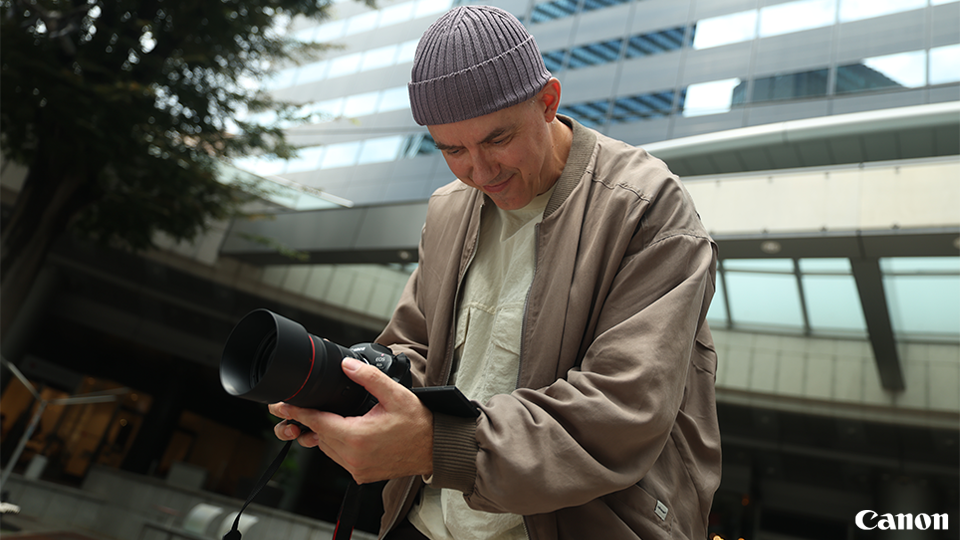
The RF 45mm f/1.2 STM: Disrupting the Lens Market
The Plastic Aspherical Revolution
Canon’s use of a PMo (precision molded) plastic aspherical element in an f/1.2 lens is genuinely groundbreaking. Here’s why this matters technically.
Traditional glass aspherical elements are either ground (expensive, perfect) or molded from glass (less expensive, good). Plastic aspherical elements have existed for decades in cheap lenses, but they’ve suffered from thermal expansion, decentering, and poor coating adhesion.
Canon’s PMo technology uses a new polymer compound that maintains dimensional stability across temperature ranges and accepts multi-coatings previously only possible on glass. The weight savings are dramatic – this element weighs 1/5th of an equivalent glass element
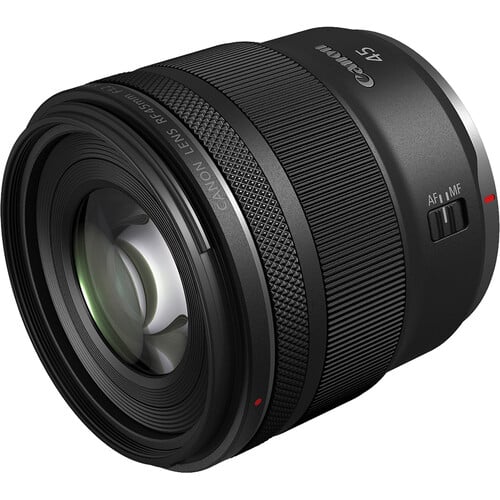

Character vs. Clinical Perfection
Let’s address the elephant: this lens isn’t sharp. At least, not in the way modern photographers have been trained to expect. Wide open at f/1.2, the corners are soft, there’s visible chromatic aberration, and the bokeh can show some nervousness with specular highlights.
But here’s what Canon understands that the forum pixel-peepers don’t: perfect optical correction often creates sterile images. The RF 45mm’s “flaws” contribute to a rendering style that’s more akin to classic fast lenses – the Canon 50mm f/1.0 L from 1989, the Leica Noctilux lineage, lenses that photographers cherish specifically for their imperfections.
The technical term is “residual aberrations,” and lens designers can choose which ones to leave in. Canon prioritized smooth focus transition (what the Japanese call “bokeh-aji”) over corner sharpness. They allowed some field curvature that actually helps isolate subjects. These aren’t mistakes – they’re choices.
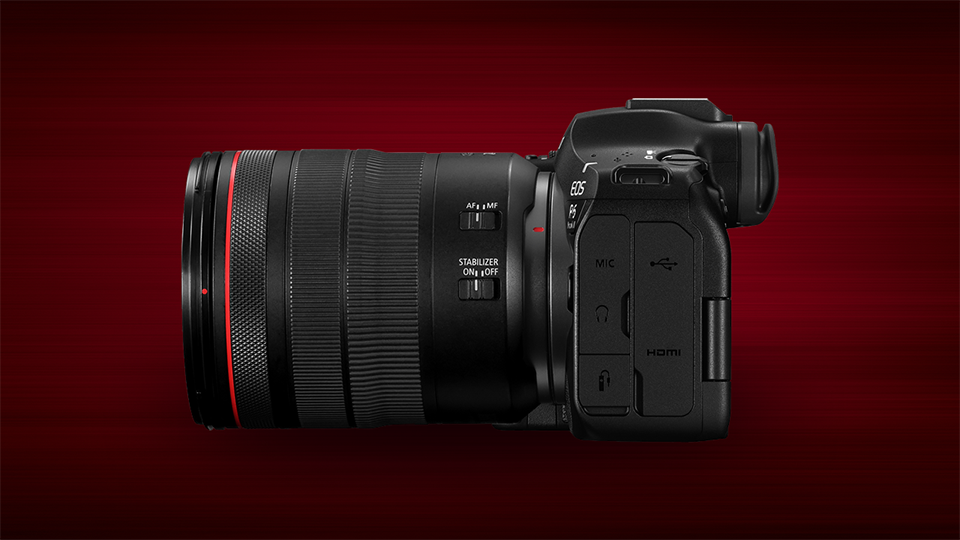
The Gimbal Game-Changer
At 346 grams, this lens fundamentally changes the gimbal equation. Most f/1.2 lenses weigh 900-1400 grams, requiring larger, more expensive stabilizers. The RF 45mm works on a DJI RS3 Mini or Zhiyun Crane M3 – gimbals that cost under $400 and fit in a backpack.
The math is simple: Camera (699g) + Lens (346g) + Gimbal (400g) = 1,445g total. That’s less than many professional cameras alone. For content creators shooting 8-10 hours, this difference prevents fatigue and enables more dynamic movement.
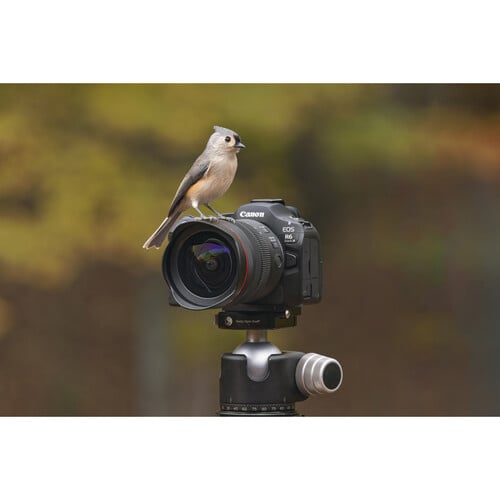

Market Competition: The Numbers That Matter
Sony’s A7 IV Paradox
Sony’s A7 IV, now street-priced at $2,000, seems like the value winner. But look closer at the specifications:
- Burst Rate: 10fps vs Canon’s 40fps
- Buffer: 76 compressed RAW vs Canon’s 150
- Video: 4K60p (1.5x crop) vs Canon’s 7K60p full-frame
- AF Speed: 0.2 second acquisition vs Canon’s 0.05 second
The Sony maintains advantages in dynamic range (15.2 stops vs Canon’s estimated 14.5) and has a larger lens ecosystem. But for hybrid shooters who need speed, Canon’s advantages are measurable, not marketing.
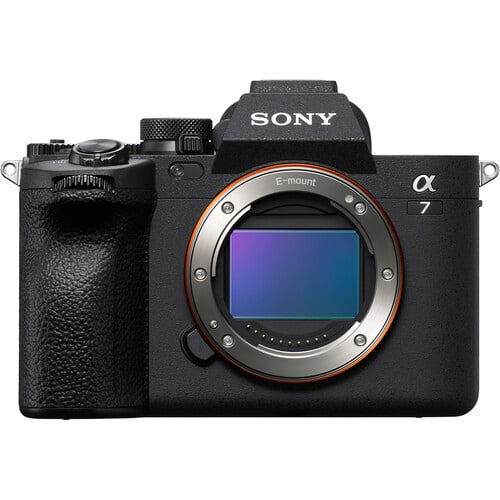

Nikon’s Z6 III Technology
The Z6 III’s partially stacked sensor is fascinating technology. It stacks only the readout circuitry, not the full processing pipeline. This reduces cost while improving readout speed to 1/60th second (Canon’s traditional sensor manages 1/40th second).
But examine the real-world impact:
- Rolling Shutter: Nikon: 8.7ms vs Canon: 12ms (both excellent)
- Base ISO Dynamic Range: Nikon: 14.2 stops vs Canon: 14.5 stops
- 4K120p Quality: Both subsample, both show aliasing
- Price: Nikon: $2,197 vs Canon: $2,
The $600 difference buys you 8 megapixels, pre-capture functionality, and an extra 20fps burst speed. Whether that’s worth it depends entirely on your shooting requirements.
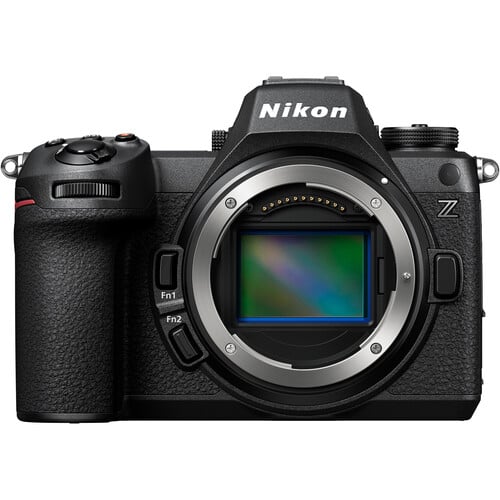

The Ecosystem Advantage Nobody Discusses
Lens Optimization Protocols
Canon’s Lens Optimization Data system deserves technical examination. When you mount an RF lens, the camera downloads correction profiles that go beyond simple distortion and vignetting fixes. These profiles include:
- Diffraction correction: Recovers sharpness lost to diffraction at small apertures
- Digital lens optimizer: Reverses specific optical aberrations for that exact lens
- Chromatic aberration correction: Removes both lateral and longitudinal CA
- Peripheral illumination: Corrects vignetting while preserving natural falloff
These corrections happen in-camera for JPEGs and are embedded in RAW files for automatic application. Competitors offer similar features, but Canon’s implementation is more sophisticated, with lens-specific algorithms rather than generic corrections.
The Adapter Advantage
Canon’s EF-to-RF adapter maintains full functionality with 30 years of EF lenses. This isn’t just compatibility – it’s enhancement. Many EF lenses focus faster on R-series bodies than they did on DSLRs, thanks to Dual Pixel AF’s superior accuracy.
Compare this to Nikon’s F-to-Z adaptation (limited AF-S lens compatibility) or Sony’s A-to-E mount situation (significant optical compromises). Canon users can buy the R6 Mark III and continue using their existing glass while gradually transitioning to RF lenses.

What This Means for Photography’s Future
The Specification Plateau
We’re approaching the limits of meaningful specification improvements. Human vision can’t resolve beyond certain thresholds. Current sensors already exceed the dynamic range of most output media. Burst speeds have surpassed the ability to cull and process images efficiently.
Canon’s R6 Mark III represents a different philosophy: optimizing for the photographer’s complete workflow rather than winning specification battles. 32.5 megapixels means faster processing, smaller files, quicker uploads, and less storage cost – real advantages that impact daily shooting.
The Democratization of Professional Tools
The RF 45mm f/1.2 STM isn’t just affordable – it’s a philosophical statement. Canon is saying that exotic apertures shouldn’t be reserved for professionals. That character matters more than clinical perfection. That weight and size impact creativity as much as optical quality.
This lens will introduce thousands of photographers to f/1.2 shooting who would never spend $2,000+ on glass. They’ll discover the creative possibilities of extreme shallow depth-of-field, the way f/1.2 transforms mundane scenes into something dreamlike.
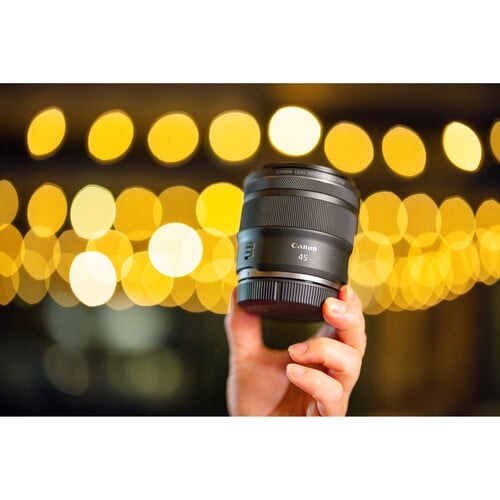

The Technical Verdict
Canon’s latest releases demonstrate sophisticated engineering choices disguised as conservative specifications. The R6 Mark III’s 32.5MP sensor optimizes for real-world utility over marketing appeal. The traditional CMOS design maintains reliability and cost-effectiveness while delivering performance that rivals more exotic designs.
The RF 45mm f/1.2 STM rewrites the rules for affordable fast glass. Its optical compromises are intentional, creating rendering characteristics that many photographers will prefer over clinical sharpness.
Together, these products signal Canon’s confidence in their interpretation of what photographers actually need versus what specification sheets suggest they want. It’s a calculated risk that the market’s maturation will reward thoughtful balance over extreme capabilities.
For working photographers, the message is clear: the tools have caught up to the vision. The limiting factor is no longer the equipment but our ability to see and capture meaningful images. Canon just made that journey significantly more accessible.
The revolution isn’t in the specifications – it’s in the philosophy. And that might be the most important development in photography this year.
Read this story and all the best stories on The Luminous Landscape
The author has made this story available to Luminous Landscape members only. Upgrade to get instant access to this story and other benefits available only to members.
Why choose us?
Luminous-Landscape is a membership site. Our website contains over 5300 articles on almost every topic, camera, lens and printer you can imagine. Our membership model is simple, just $2 a month ($24.00 USD a year). This $24 gains you access to a wealth of information including all our past and future video tutorials on such topics as Lightroom, Capture One, Printing, file management and dozens of interviews and travel videos.
- New Articles every few days
- All original content found nowhere else on the web
- No Pop Up Google Sense ads – Our advertisers are photo related
- Download/stream video to any device
- NEW videos monthly
- Top well-known photographer contributors
- Posts from industry leaders
- Speciality Photography Workshops
- Mobile device scalable
- Exclusive video interviews
- Special vendor offers for members
- Hands On Product reviews
- FREE – User Forum. One of the most read user forums on the internet
- Access to our community Buy and Sell pages; for members only.







